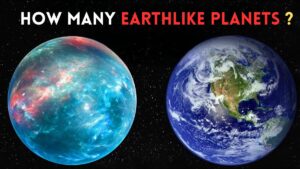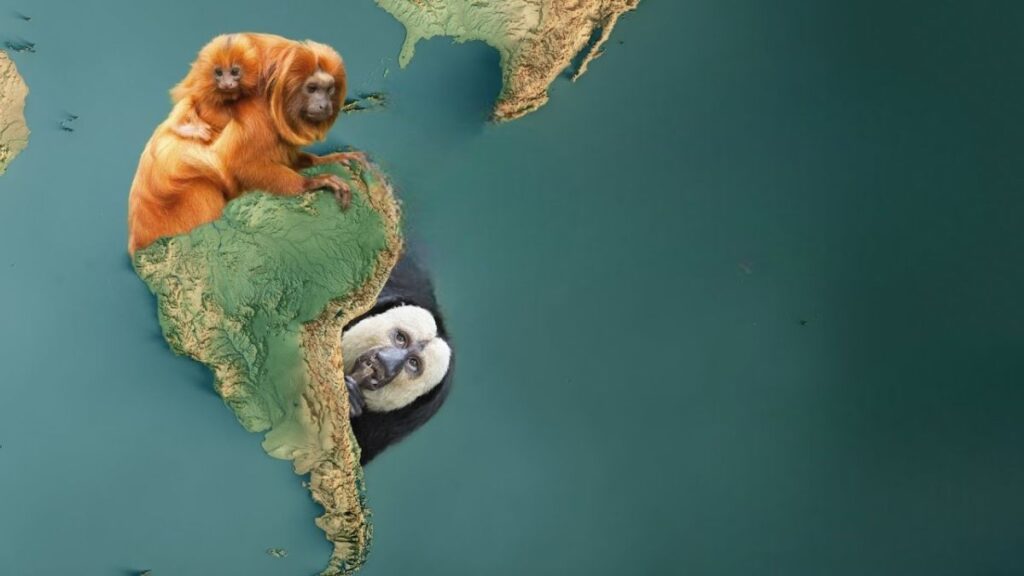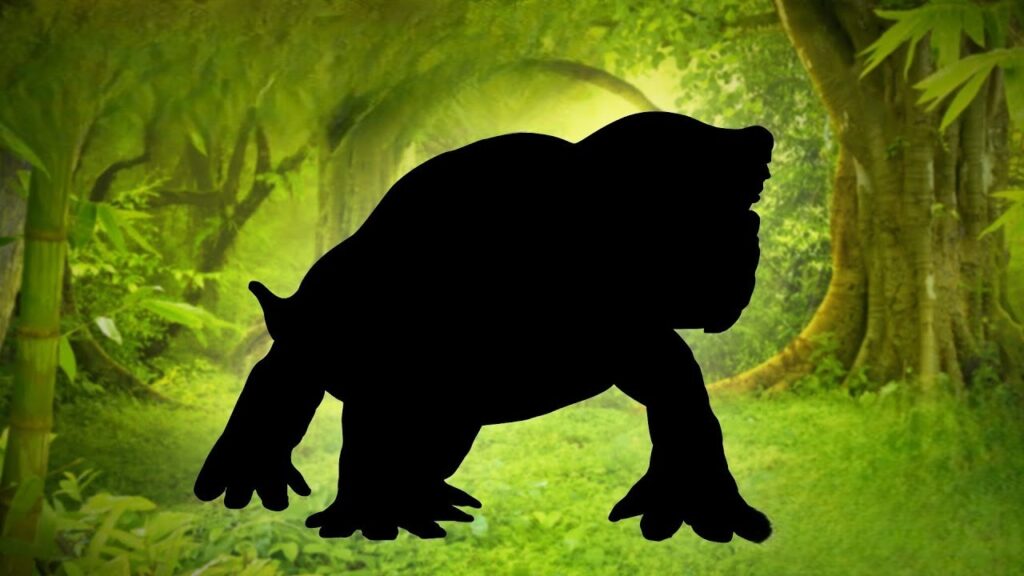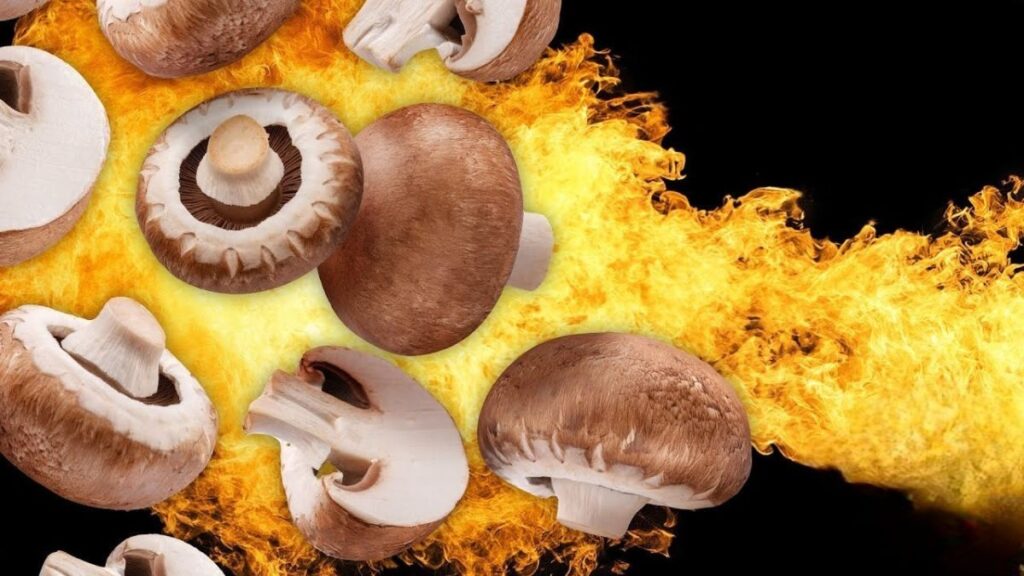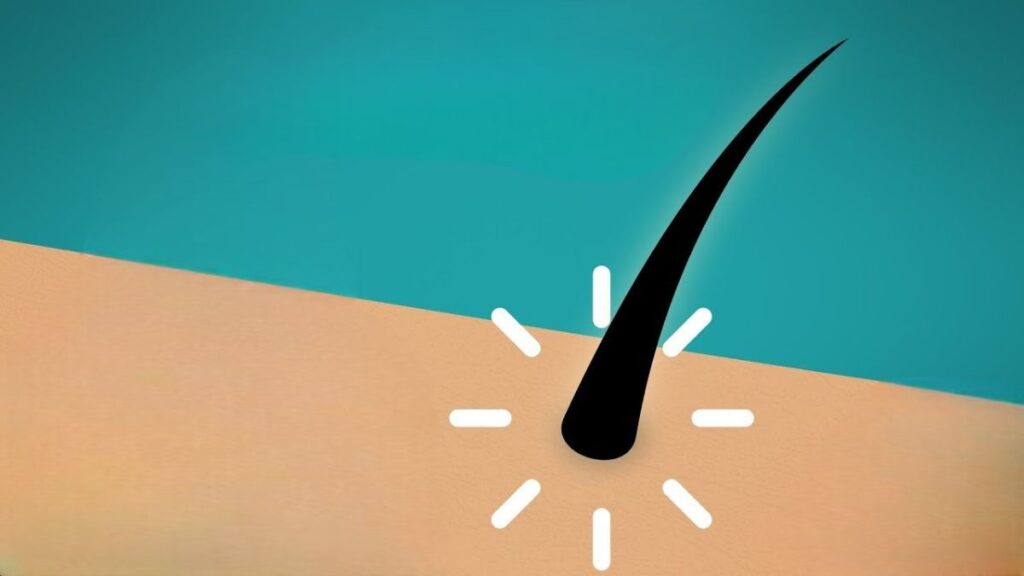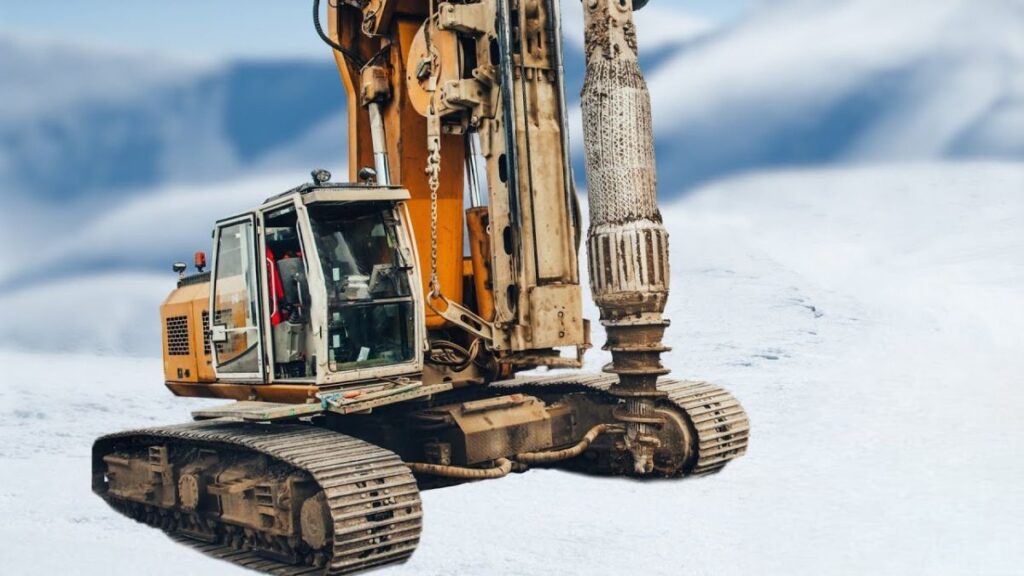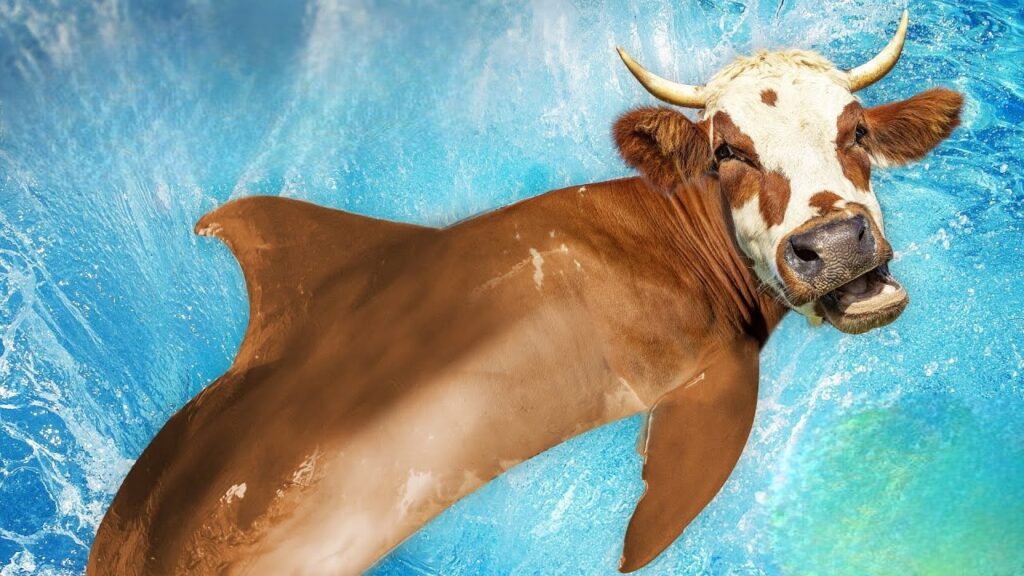
The annual extinction of species on our planet is no secret.
There are numerous adorable animals in danger of completely disappearing from the wild, including porpoises and pandas.
However, we will not give up on them without fighting, even if it is not always the fight you would expect.
While specialists are centered around forestalling eradications out in the wild, some are dealing with a sort of plan B that includes making fresh out of the box new people by means of in vitro preparation.
However, before they do that, they are improving their chances of success in the future by determining the efficiency of current sperm cryopreservation methods and the workings of sperm from various species.
They are evaluating the efficiency with which thawed eggs are fertilized by sperm.
Additionally, some of those tests produce cow-and-dolphin hybrids.
Therefore, just take a moment to contemplate that concept.
To save different creatures from eradication, specialists are putting the sperm of a dolphin along with the egg of a cow.
Understanding how to preserve the sperm of the threatened animals so that they remain viable for as long as possible is at least part of the objective, as sperm samples are a scarce resource.
Also, assuming you think the sperm of jeopardized creatures are difficult to find, egg cells are significantly more uncommon, basically with regards to vertebrates.
There is no non-invasive method for harvesting the egg cells of the majority of mammals because they do not lay eggs.
Therefore, we only have a small number of them to investigate.
Because of this, scientists are experimenting with sperm that are closely related to the species they want to study and combining them with egg cells that are as simple to obtain as possible.
As a result, the stakes are lower and they are able to conduct a greater number of tests without having to worry about wasting the eggs of threatened animals.
The use of the endangered sperm and egg cells is analogous to a wedding rehearsal before the big day.
In this manner, researchers can determine their capabilities in relation to interventions like in vitro fertilization (IVF) that aim to save species.
These practice runs have so far produced domesticated jaguars, cow antelopes, sheep deer, cow antelopes, and other exotic animals that you probably have never seen before.
For the sake of clarity, you won’t even be able to see them because all of the experiments discussed in this video ended after fertilization.
Therefore, these hybrid animals did not progress beyond being embryos.
However, the fact that this works is reason enough to investigate.
Because some genes can have lethal effects when species mix, you typically can’t just add the sperm of one species to the egg of another, unrelated species and have successful offspring.
So to keep treatment by sperm from another species, mammalian egg cells have an external covering called a zona pellucida.
As a kind of built-in bouncer, this layer of proteins checks IDs to ensure that only sperm from the same species can enter.
The zona pellucida will prevent the foreign sperm from entering the majority of cross-species combinations.
Therefore, before their hybrid experiments can begin, some researchers must remove that layer of the egg in order to allow entry.
However, neither the zona pellucida nor bouncers are perfect.
Researchers discovered that it allowed sperm from a different species right in for some hybrid experiments.
Even though the two species are very distant relatives, researchers believe that could occur because they are just close enough to be considered related.
When it comes to creating endangered animals in vitro, one of the first obstacles is comprehending how sperm get past the zona pellucida.
But if you want to know what makes that sperm viable, you might need to put it through more rigorous tests, like mixing it with animals that are more distantly related.
And that is precisely what a group of researchers wrote about in a 2015 paper.
Without altering the zona pellucida on any of the eggs, they created dolphin-cow hybrids.
They were curious about how dolphin sperm could possibly fertilize cow eggs and whether or not this was even possible in the first place.
They are testing their ability to fertilize eggs from other species by pairing cow eggs with dolphin sperm outside of their usual encounters with dolphin eggs.
It turns out that dolphin sperm are even more successful than bull sperm at attaching to cow eggs because they are so robust.
which is impressive considering that that is the sole function of bull sperm.
However, because attaching to the egg is only the beginning of the process, this does not suggest that dolphin-cows are all set to rule the open ocean.
Dolphin sperm produced fewer viable offspring, despite attaching to the eggs more frequently than bull sperm did.
This demonstrates that fertilization involves much more than just a sperm reaching an egg.
The experiment did, in the end, result in some hybrid embryos, demonstrating that dolphin sperm can fertilize cow eggs.
It simply has a lower likelihood of doing so than bull sperm.
Which, you know, is probably better.
However, the high quality of the sperm may have contributed to their extraordinary success, which is significantly greater than anticipated.
These investigations most likely went as well as they improved, have more grounded chromatin, and by and large hold up better compared to cow sperm.
Also, it wasn’t a given that the sperm would survive cryostorage because other types, like jaguar sperm, have been damaged by cold storage in the past.
However, due to their extreme stability, thawed dolphin sperm remained viable and healthy.
Overall, dolphin sperm are quite nutritious.
The researchers did not stop there, though, as this indicates a positive outlook for IVF plans in the future.
They went one step further to test and see if even more distantly related animals, like dolphins and mice, could hybridize after they discovered that animals that are distantly related, like cows and dolphins, could do so.
In addition, they produced successful hybrids in some way.
Despite the fact that they did it less frequently than the dolphin-cow hybrids,
In spite of being less firmly related, and having bungled inside structures, dolphin sperm had the option to prepare a portion of the mouse eggs.
Additionally, this indicates that dolphin sperm may not utilize these internal structures in the same manner each time they attempt to conceive.
To make an animal, an egg and a sperm need cellular structures like the centrosome, which make it easier for cells to divide.
The centrosome comes from the egg in mice, but it comes from the sperm in dolphins and cows.
There may have been too many centrosomes, which may have contributed to the slower rate of dolphin-mouse fertilization.
Therefore, researchers are working to keep endangered animals around in ways that most of us would not have imagined by conducting all of these tests and discovering just how resilient these sperm are.
It just goes to show that breaking a few eggs is necessary to save endangered species.
However, at least in this instance, we can select our eggs!

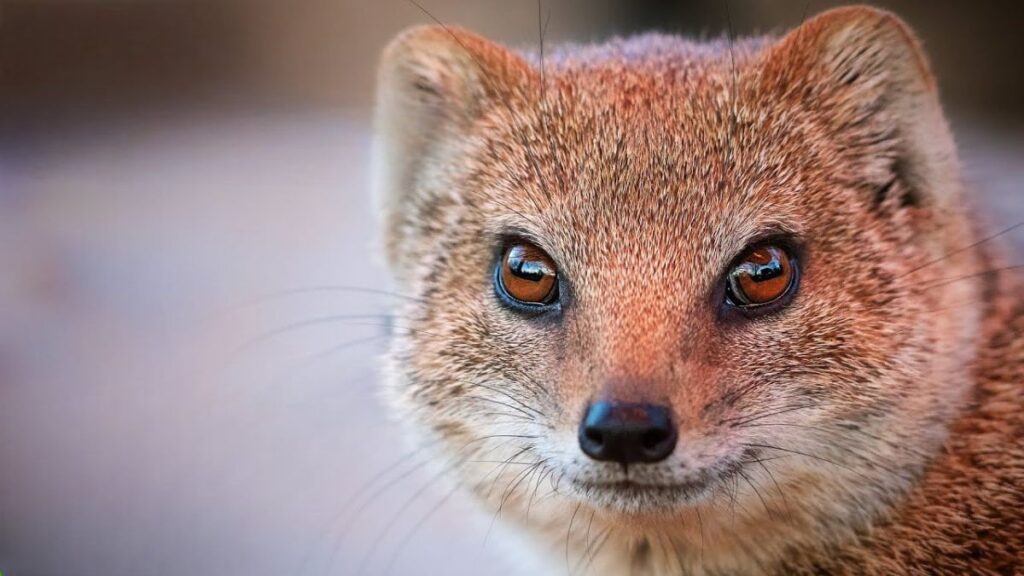

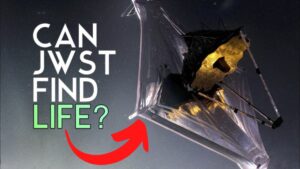
![Moon Jellyfish has [ Hidden Secrets ] You don't know moon jellyfish](https://spaceupper.com/wp-content/uploads/2022/11/1-1-300x169.jpg)
